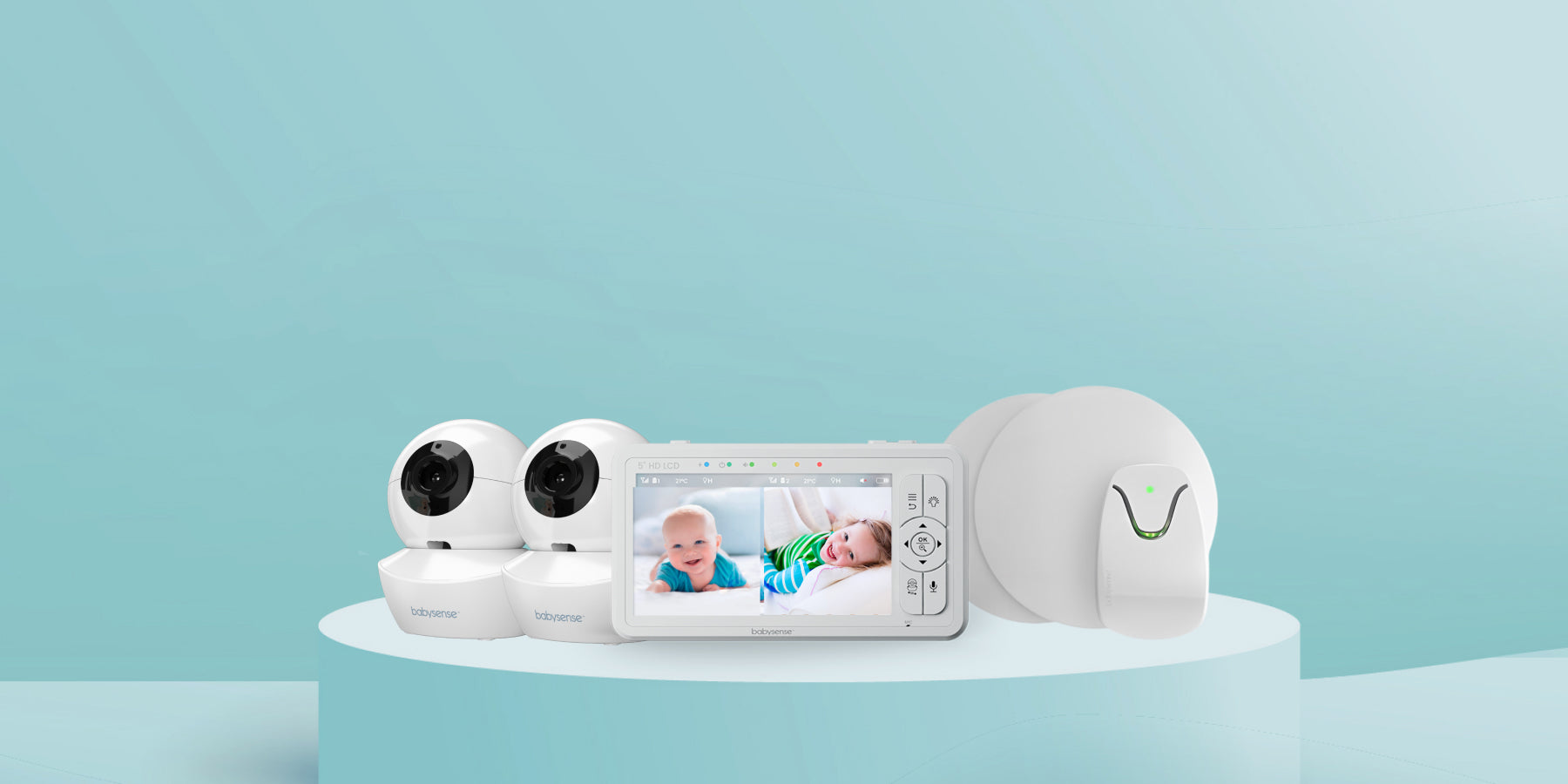Save and Invest Money for Your Children from Birth
Saving and investing for children from birth means opening tax-advantaged or low-fee accounts—such as 529 plans, custodial Roth IRAs, or high-yield savings—immediately after a baby is issued a Social Security number. Early, automated contributions harness compound growth, reduce future college debt, and build a launch fund for adulthood.
Why Start Today?
Children’s brains—and bank balances—benefit from early exposure to money concepts. Research from the University of Michigan finds kids form clear spending-versus-saving attitudes by age five. Starting an account at birth maximises the time compound interest can grow even small, regular deposits.
Choose the Right Accounts
529 College Savings Plan
- Tax advantages: Earnings grow tax-deferred and withdrawals for qualified education are federal tax-free.
- State perks: Many states offer deductions or credits on contributions.
- Age-based portfolios: Most plans offer target-enrollment funds that automatically shift from stocks to bonds as college nears.
Custodial Roth IRA
If your child models in a baby ad or later earns part-time income, you may contribute up to that amount (max $7,000 for 2025) to a custodial Roth IRA. Earnings grow tax-free and can be withdrawn for a first-home or education without penalty, while keeping retirement dollars untouched.
UGMA/UTMA Accounts
Uniform Gifts/Transfers to Minors Act accounts accept virtually any asset—cash, ETFs, even crypto—giving parents flexibility, though the child gains full control (often at 18) which may not align with your plans.
Coverdell Education Savings Account
Ideal for K-12 tuition or homeschool expenses, Coverdells allow broader investment choices but cap annual contributions at $2,000 and phase out for higher-income parents.
Safe and Liquid Options
High-Yield Savings Accounts
Online-only kids’ savings accounts now yield 2–5 percent—ideal for an emergency stash or short-term goals.
Series I Bonds
I bonds earn inflation-linked interest and, when used for higher education, the federal tax on interest can be waived.
Automation and Financial Habits
Set up auto-drafts from each payday to your child’s accounts so saving happens before money hits checking. Regular allowance systems further let kids practice budgeting; the average U.S. allowance reached $11.17 per week in 2021. Studies link early saving behavior with better financial literacy later in life.
Emerging Baby-Bond Programs
Several jurisdictions, including Connecticut, now seed newborn accounts with up to $3,200 for Medicaid-eligible babies, projected to grow past $11,000 by age 18. Federal proposals such as the “Trump Accounts” would add a one-time $1,000 deposit and permit $5,000 yearly contributions. These initiatives may complement, not replace, private 529 or Roth savings.
Monitor and Adjust Over Time
Review account performance and rebalance annually, tightening risk as the goal horizon shrinks. If college is fully funded, redirect new contributions to Roth IRAs or a diversified brokerage so funds remain under your control.
Key Takeaways
- Open a 529 plan as soon as your child has a Social Security number.
- Use a custodial Roth IRA once earned income appears.
- Supplement with UGMA/UTMA or Coverdell for non-college goals.
- Keep at least six months of college costs in high-yield cash or I bonds.
- Automate contributions and teach money skills from kindergarten onward.
This article is for informational purposes only and does not constitute financial advice; please consult a licensed professional for personalized guidance.





